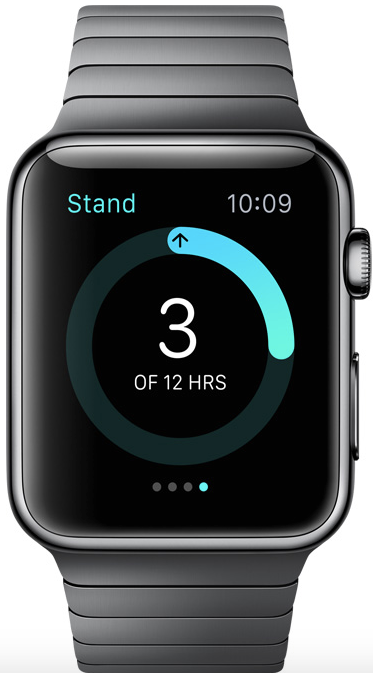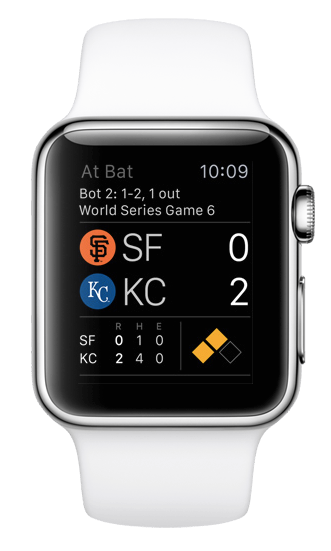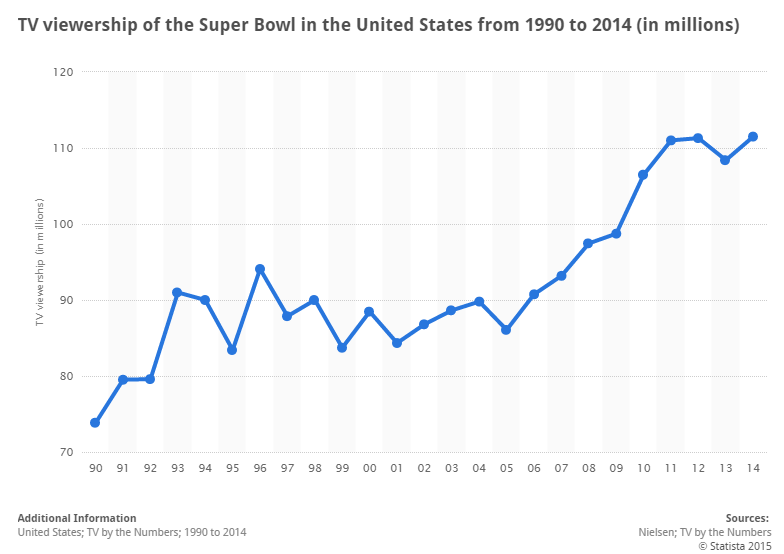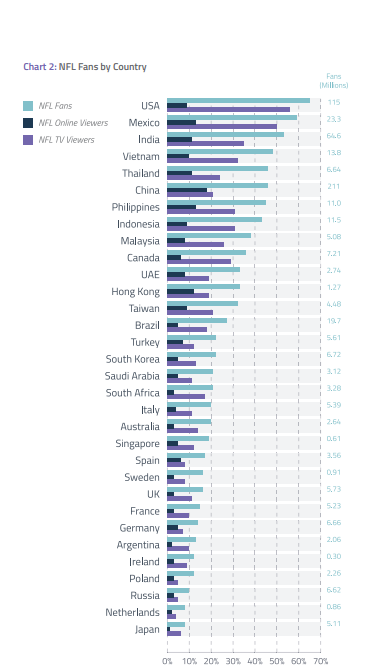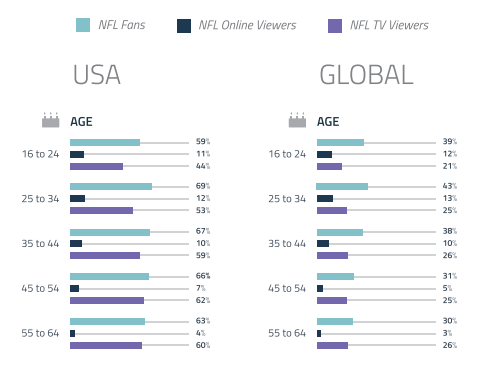EA Games Announces Updates to Its Sports Franchises
E3 – the gaming industry’s biggest yearly conference, kicked off today, and as usual, a lot of big announcements were made. While sports games weren’t at the forefront of the biggest proclamations today, they are most certainly being worked on and updated. EA was kind enough to spill the beans on how the [INSERT SPORTS LEAGUE] 16 games would look and feel.
EA’s biggest franchise, Madden, gets updates every year — some more impressive than others. For Madden 16, elements of fantasy football have been brought into the fold. Gamers will have an option to tweak their chosen team using rounds of fantasy-based drafts. These super teams can then be used to compete against each other or an AI opponent.
As senior EA producer Sean Graddy told Polygon:
“We limit the number of picks that you have so that those decisions are hard […] You’re not going to fill every position on your team. How do we create this draft experience, but take it one step further? With fantasy football you pick a team and you passively watch it. In our game you pick a team and you can play with it on the field. It makes it a bit more special.”
Changes to passing and receiving are also coming, with quarterbacks getting options regarding speed and height of passes, and receivers will be given options to attempt fancy, stylish catches or more traditional ones. These should be nice updates to a game that everyone is going to buy anyway. It comes out August 25th.
Making the logical segue from football to golf, the return of an EA golf video game is imminent. Due to a mixture of personal issues and general ineffectiveness on the course, Tiger Woods has become a persona non grata at EA. Rory McIlroy is the new face of the series, and with him come some other major changes. EA didn’t release a golf game last year, as they worked on revamping the series.
Rory McIlroy PGA Tour is EA’s first sports game that will utilize its Frostbite engine — the same engine that powers games like Battlefield and Dragon Inquisition. The inclusion of the engine allows the game to load an entire course at startup, rather than just one hole at a time. This should drastically cut down on total game time, a welcome addition. I mean, do they really expect us to take a whole hour to play a round of golf?!
Tour will include three different modes of play — Arcade, Classic, and Tour — which each offer their own set of advantages. A new course map feature seems pretty slick, as it gives the player multiple distances to different spots of the course, much like those little booklets you see caddies carrying around. The game drops July 14th.
NHL 16 is not only bringing back many of the online features it cut from this year’s version, but is also making a small change that could make a huge difference. In the past, any time a player wanted to accept a pass, the skater glided until he had possession of the puck. This isn’t how hockey works however. Players take passes while skating the other way, in a complete stop, or in a full sprint. NHL 16 is reportedly adding the ability to accept passes this way. This should enhance the gameplay, which is already very smooth.
Updates to the Be a Pro and Be a GM features are also coming, with wannabe GMs having to deal with things like player morale and clubhouse chemistry. If you play the Be a Pro mode, expect to get more and better feedback from coaches as you sweat and bleed your way to Lord Stanley’s Cup. Look for this game in September.
Soccer is also a sport and FIFA 16 is also a video game. One of the more important updates — the addition of women’s soccer — was already announced. But EA is also mentioning smarter AI defense, more realistic slide tackling, and some more dribbling fanciness.
Passing is also getting an overhaul. Per Polygon:
Perhaps of even more significance is that players are given more control over the pace of their passes. Previously, long passes (hold down the button) were a matter of telling the game to move the ball a long way. Now, they simply say, “kick it hard.” This means that players can ping short, hard passes to one another, a useful antidote to the defense’s greater alertness. Or they can drift long passes across the park with a greater degree of control.
For a long time, sports games have relied on graphics to try and make them seem more realistic. Now, with more advanced hardware and software at their disposal, developers are working to make the games look and play more like the real thing. This is a welcome change and will ensure the line between real and digital will become more imperceptible each year. Where some sports series seem to be a little stagnate (cough, MLB the Show, cough), EA is making strides keep their offerings fresh. Whether it pans out or not remains to be seen. We’ll have to hang our hope on promises for now.

